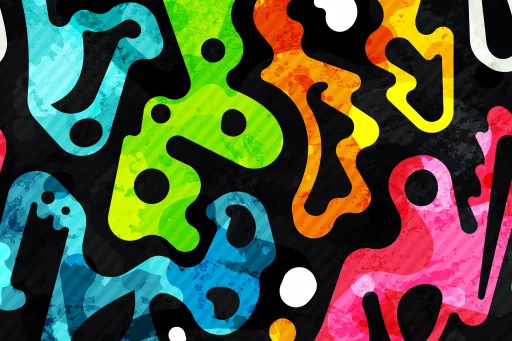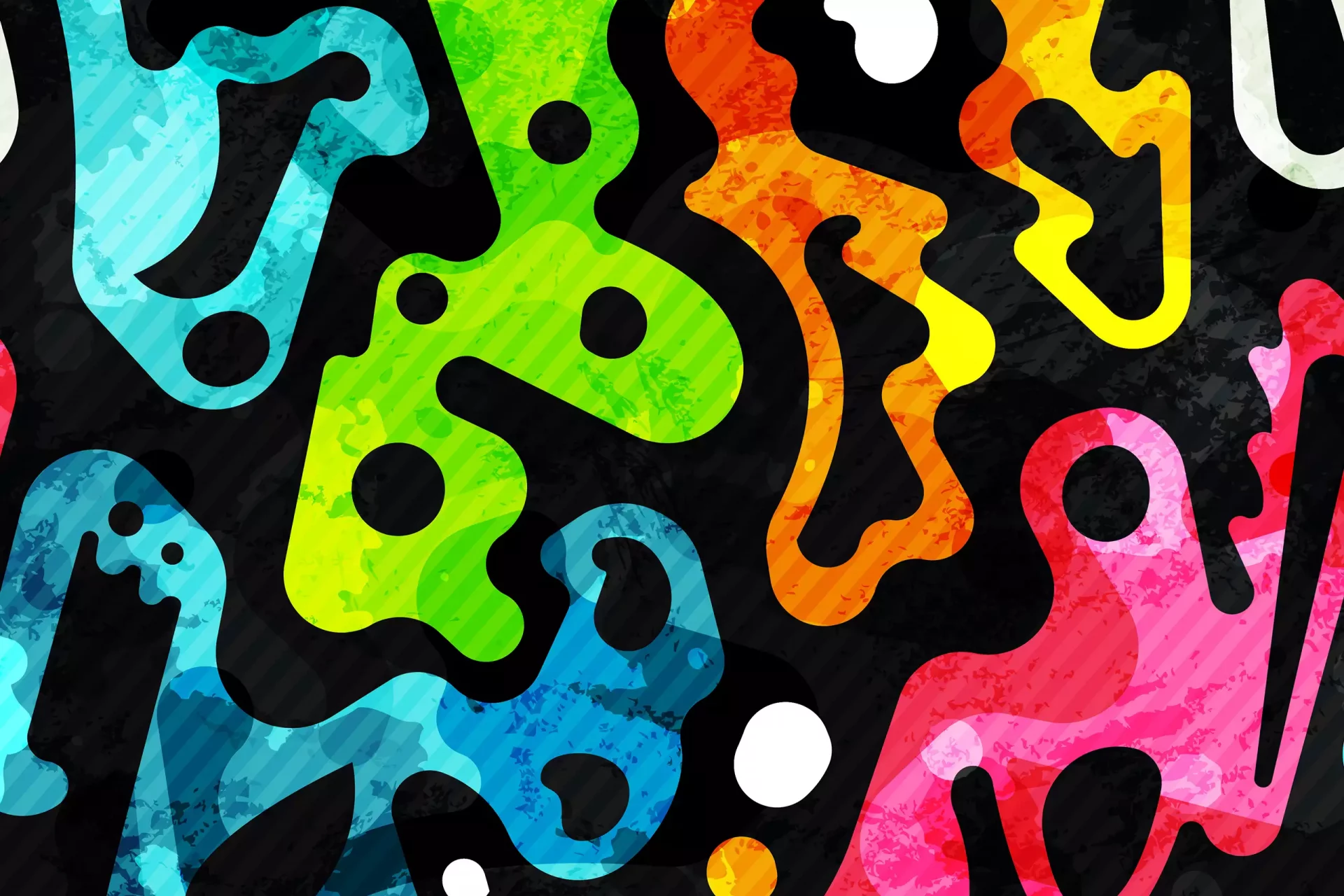Introduction to WLW
In the world of digital communication, acronyms play a critical role in conveying messages quickly and efficiently. One of the acronyms that have gained immense popularity in LGBTQ+ circles is WLW. Short for “Women Loving Women,” this term is widely used across social media platforms and text messaging. Understanding its meaning and implications can provide valuable insight into the identities and communities it represents.
Origins of WLW
The term WLW emerged as a way to encompass a wide range of relationships and attractions among women who feel romantic or sexual attraction to other women. The acronym reflects the growing recognition and acceptance of various sexual orientations. In contrast to previous terms like “lesbian,” which was often viewed as more rigid, WLW encompasses a broader spectrum of experiences, including bisexual women and those who identify as queer.
WLW in Context
WLW is used in various contexts, often appearing in discussions related to dating, representation, and community support. Here are some common scenarios where you might encounter the term:
- Dating Apps: Many platforms allow users to specify their orientation or preference. WLW is often used in profiles to indicate an interest in women.
- Support Groups: Online communities and forums may use WLW to create safe spaces for women discussing their experiences and challenges in same-sex relationships.
- Media Representation: WLW has become a popular descriptor in the discussion of movies, TV shows, and literature that feature women in romantic relationships with each other.
Statistics on WLW Visibility
The visibility of WLW identities has increased significantly over the past decade. A recent study showed that:
- 27% of women aged 18-29 identified as part of the LGBTQ+ community, with WLW being one of the most common identities.
- 58% of LGBTQ+ content on streaming services features WLW stories, highlighting the demand for authentic narratives.
- 72% of respondents in a survey reported that seeing WLW representation positively impacted their understanding of their own identities.
Using WLW in Communication
When using the term WLW in text or conversation, it’s essential to consider the context. It’s more than just an acronym; it’s a way to affirm shared identities and experiences. Here are some examples of how to use WLW effectively:
- Social Media Posts: “As a WLW, I’m excited to see more representation in movies!”
- Text Messages: “Hey, are there any WLW events happening this weekend?”
- Online Profiles: “Looking to connect with other WLW for friendship or dating!”
Case Studies: WLW Representations
The representation of WLW individuals in media has evolved over the years. A few notable examples include:
- “Orange Is the New Black”: This Netflix series featured multiple WLW relationships, providing a candid portrayal of the complexities of love and life among women.
- “The L Word: Generation Q”: A reboot of the beloved series, it focuses on contemporary WLW experiences, covering issues like race, gender identity, and queerness.
- Books: Novels like “The Price of Salt” by Patricia Highsmith have gained renewed interest as WLW literature that highlights love stories between women.
The Importance of Inclusivity
Using terms like WLW fosters inclusivity and understanding within the LGBTQ+ community and beyond. It encourages women to embrace their identity and seek out connections with others who share similar experiences. Creating spaces where WLW individuals feel accepted and valued is crucial for mental health and community building.
Conclusion
WLW is a powerful acronym that transcends mere letters; it encapsulates identities, relationships, and experiences of women who love women. As society continues to evolve, so too will the language we use to describe ourselves. Embracing terms like WLW not only uplifts marginalized voices but enriches our collective understanding of love and community.


